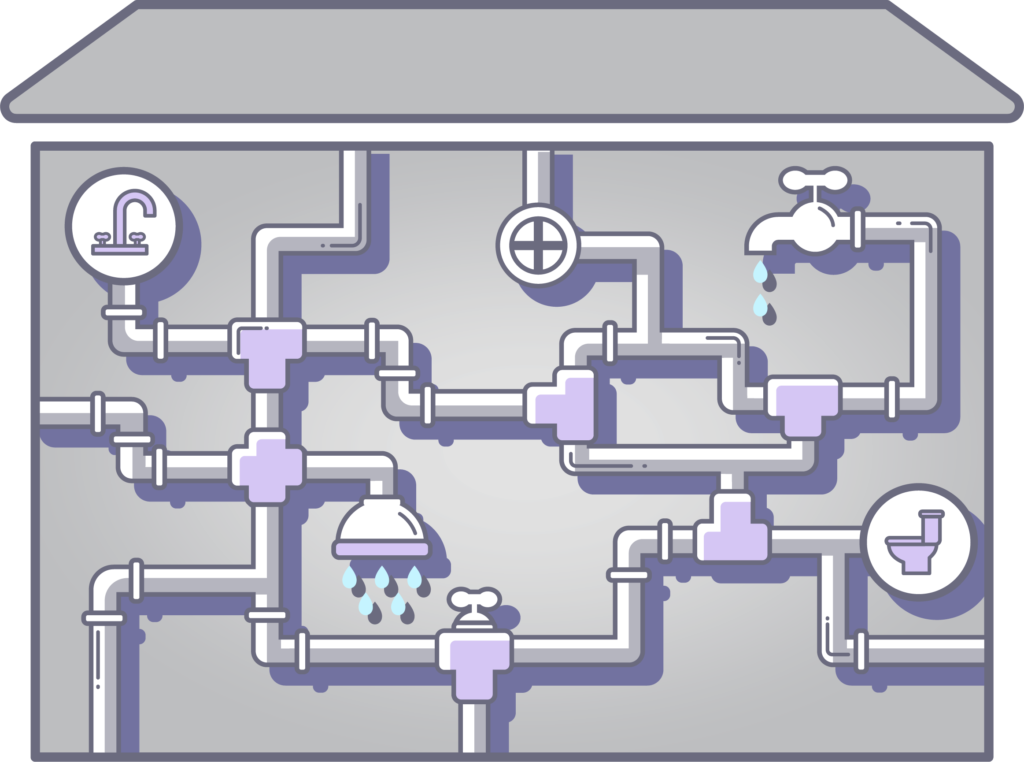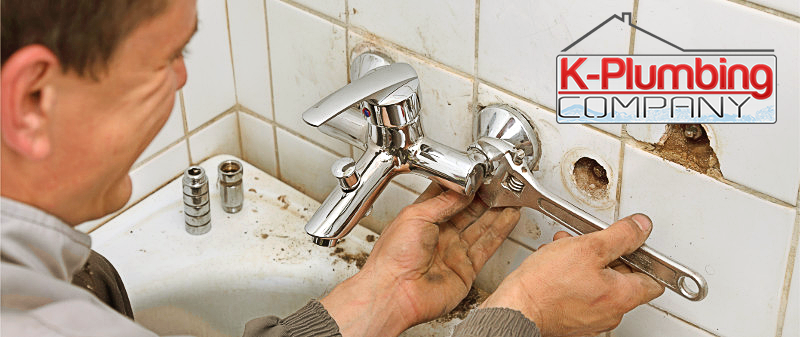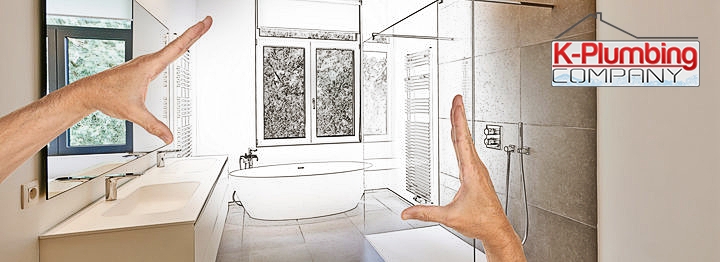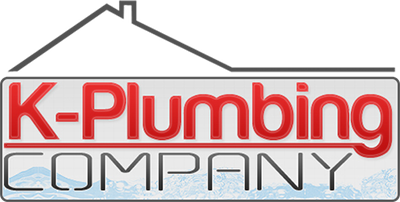Everything You Need to Know About Shower Plumbing
The bathroom is hands down one of the most used rooms in the house. Wouldn’t you agree? As homeowners sometimes we take for granted the beauty of having indoor plumbing that operates our creature comforts like the toilet, sink, and shower. That is until they require repairs or a homeowner has the desire to remodel, it seems.
While the toilet might be the most frequently used, the shower is equally essential. The shower can not only be a place that gets us clean, but also a place of relaxation after a hard day. Haven’t you ever came home from a hard day at work, and look forward to a hot shower that melts the stress away?

The plumbing that goes into making your shower work is involved. It requires not only a cold and warm water supply, but also a drain, much like the sinks. What makes it more unique is the routing system for the plumbing pipes and the lack of access to most of the plumbing once it is installed. The shut off’s for most bathroom, and kitchen sinks are located underneath them, usually in full view and hidden inside a convenient vanity or cabinet. The pipes and drain for your shower are situated behind the walls and underneath. So when you need shower plumbing repair, it is almost impossible to avoid calling a plumber.
Shower Plumbing Installation: How Hard Can It Be?
When wanting to install a new shower or replace the current one, many ask, how hard can it be? The answer is pretty difficult. An entirely new shower installation will be considerably more difficult than just remodeling an existing shower or replacing shower plumbing fixtures. Consider this, to have a fully operational shower; the water lines will need to run to the intended location of the shower. For most home’s if you are installing a completely new bathroom, you will need to run new piping from the water heater and cold water main to the room. This will require locating the ¾ inch water main pipes, and not the ½ inch for suitable water pressure. A shower valve will need to be installed to connect everything. A compression drain can be installed, which is much simplier than the glue on shower drain connectors.
While this may seem like a tricky adventure, installing the drain system from your shower to the sewer line is also a difficult task. The toilet, sink, and shower all run on the same line that flows to the wastewater line. So the new shower will need to be hooked up to the same line that flows the water out of your home.

Should You Use a Plumber For Shower Remodels?

Remodeling a bathroom will almost always include the shower. There are tons of shows on television where contractors and DIY’ers turn an ordinary shower into a spa-like setting most would be envious of. But before you begin demoing your bathroom, you may want to consider having help from a professional plumber, especially when it comes to changing the layout of the room.
If you plan to change the layout of the bathroom, like moving the shower, it will require more work than just putting up new tile, or installing a new faucet. The showers plumbing pipes will probably need to be moved or extended depending on the location you plan on reinstalling the hower. Rerouting plumbing pipes isn’t as simple as you might think. They need to be tucked away neatly behind the walls, and most importantly need to be up to code with your county. Before starting any project, consulting with a plumber should be at the top of the list.
When To Replace or Repair Shower Plumbing/Fixtures/Faucets?
If you have issues with leaky pipes frequently, it may be a good a time to consider having your shower repiped. A leak within your plumbing system at any area of the home, including the shower, can result in costly damage as well as a larger than average water bill. If your water usage is about the same every month, and you notice your statement start to rise, you may want to contact a plumber for a leak detection service. They will be able to track down the leak and make repairs.
For older homes, leaks can be a reoccurring event. Due to climate your pipes may expand and contract to cause them to weaken. Over time, corrosion can develop in the cold water supply of copper lines from iron deposits, which can cause pitting. Once pitting is present, rust develops, and the pipes will then be prone to leaks or possibly burst.
Some signs that indicate your shower has a leak might include:
Stains on the Drywall
Random Dampness/Water Puddles
Dripping Shower Head
Stains Above The Shower
These symptoms can all indicate a potential leak. Shower plumbing can leak for years, going unnoticed, but if you have any of these signs stated above, it is an excellent idea to have a plumber check it out.
In the blog article, “What To Do: Low Water Pressure In The Shower,” Kwiatkowski Plumbing Company explores the topic of why low water pressure occurs and what should be done to correct the problem. Numerous problems can cause low water pressure. The most common, if you have never had the problem before, being sediment build up on the shower head. Simple cleaning or replacement may solve the issue of low flow. But other factors could be at play that may require a more indepth look.
A good rule of thumb is when a leak is present don’t wait around, call a plumber. Leaks won’t automatically repair themselves. They won’t just get better. While it may be only a slow leak now, it eventually can get worse. A shower plumbing leak behind the walls also will have the potential to produce black mold, which can cause serious health problems. So the bottom line: if you have or suspect you have a leak, have a professional inspect to identify if there is indeed a problem.
Creative Ideas For Improving Your Shower
Changing the appearance or the way your shower operates in one of the more enjoyable options when it comes to remodeling. Let’s say right now; your shower is a plain jane set up, with a generic surround. It does absolutely nothing visually, and really only delivers the function of getting clean. Some may argue and say, well isn’t that enough? True, but wouldn’t you rather have an oasis, that you can forget about everything for a little while and relax? If this sounds like an idea you’d like to take advantage of, then it’s time to throw out the shower surround, and remodel. A few ideas that can make your shower more inviting could be:

Installing a Tile Backsplash
Complimentary Shower Floor Tile
Upgrade to Modern Shower Plumbing Fixtures
Installing Frameless Glass
Dual Rain Shower Heads
Conclusion:
The shower plumbing in your home is vital to the showers operation. Hot or cold, high or low flow, will all be affected by how plumbing pipes are installed and what condition they are in.
Relocating and remodeling your shower is an excellent way to make your bathroom more luxurious, before starting any large project involving your home’s plumbing, consulting a plumber is the best idea. Likewise, when there are problems with water flow, draining, or leaks, don’t delay and call your Pittsburgh plumber, Kwiatoski Plumbing to resolve the issue quickly.


